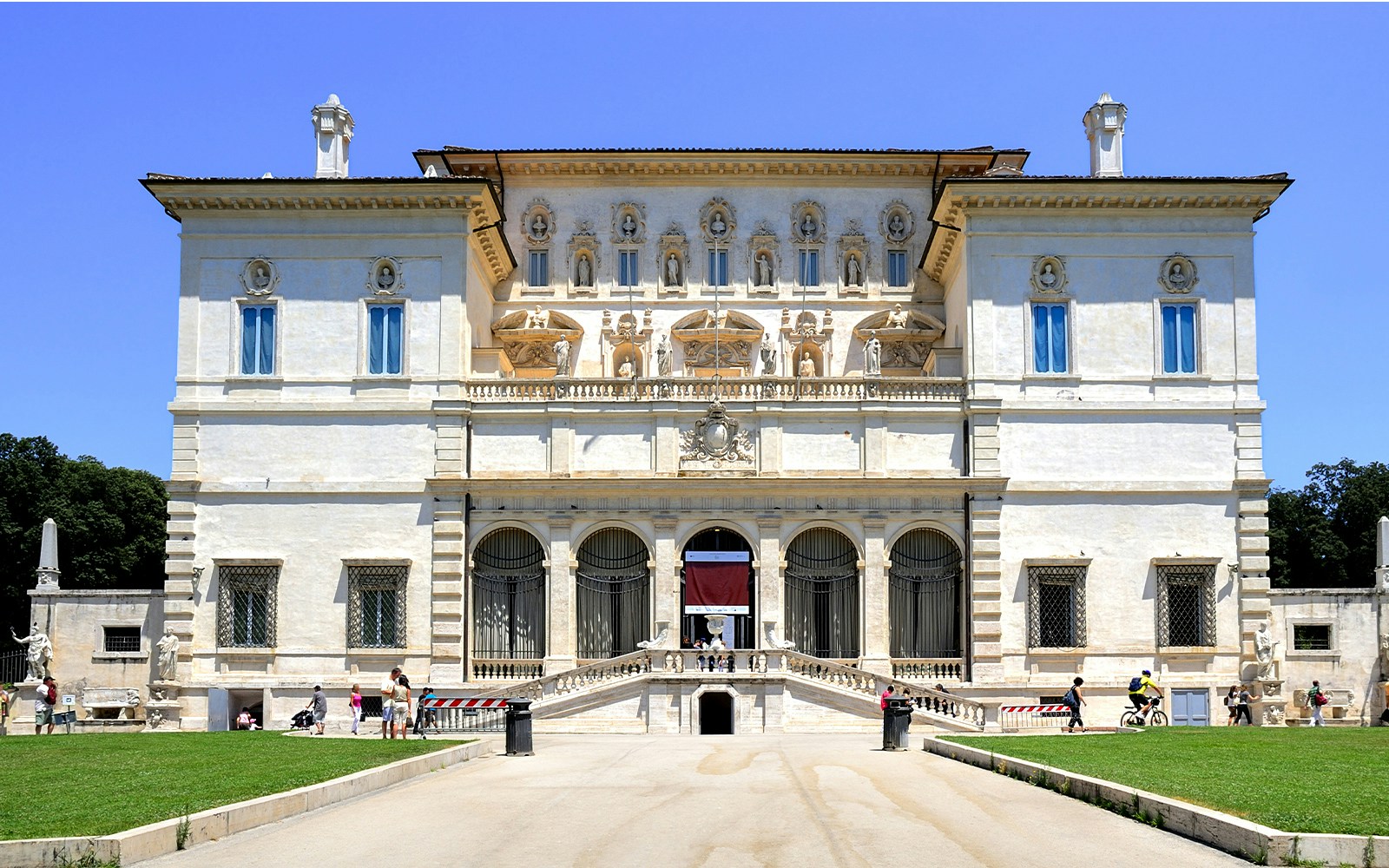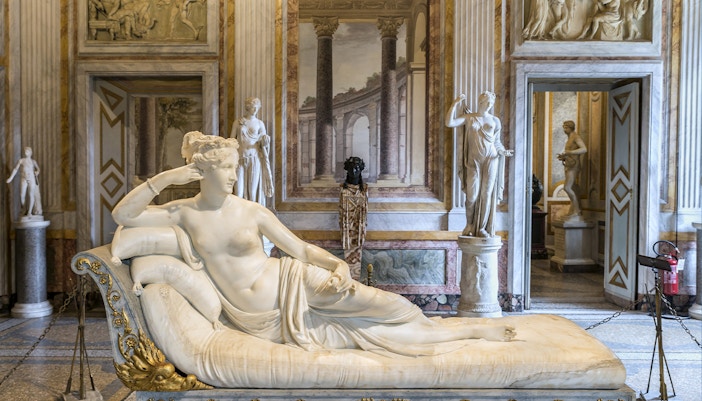A brief timeline of the Borghese Gallery’s construction and development
1605: Cardinal Scipione Borghese, nephew of Pope Paul V, begins acquiring land in Rome to establish the Villa Borghese estate.
1613-1616: Construction of the Villa Borghese Pinciana, the building that would house the Borghese Gallery, commences under architect Flaminio Ponzio and is completed by Giovanni Vasanzio after Ponzio's death.
17th century: Cardinal Scipione Borghese amasses a vast art collection, including works by Caravaggio, Bernini and Titian, marking the beginning of the Borghese Gallery's renowned collection.
1807: Camillo Borghese, Prince of Sulmona and later Prince Camillo Borghese, sells a significant portion of the collection, including 154 paintings, to Napoleon in order to settle debts. These works become part of the foundation for the Louvre's collection.
1902: The Borghese estate and the remaining art collection are acquired by the Italian government.
1903: The Borghese Gallery is officially opened to the public.
Detailed Borghese Gallery history























